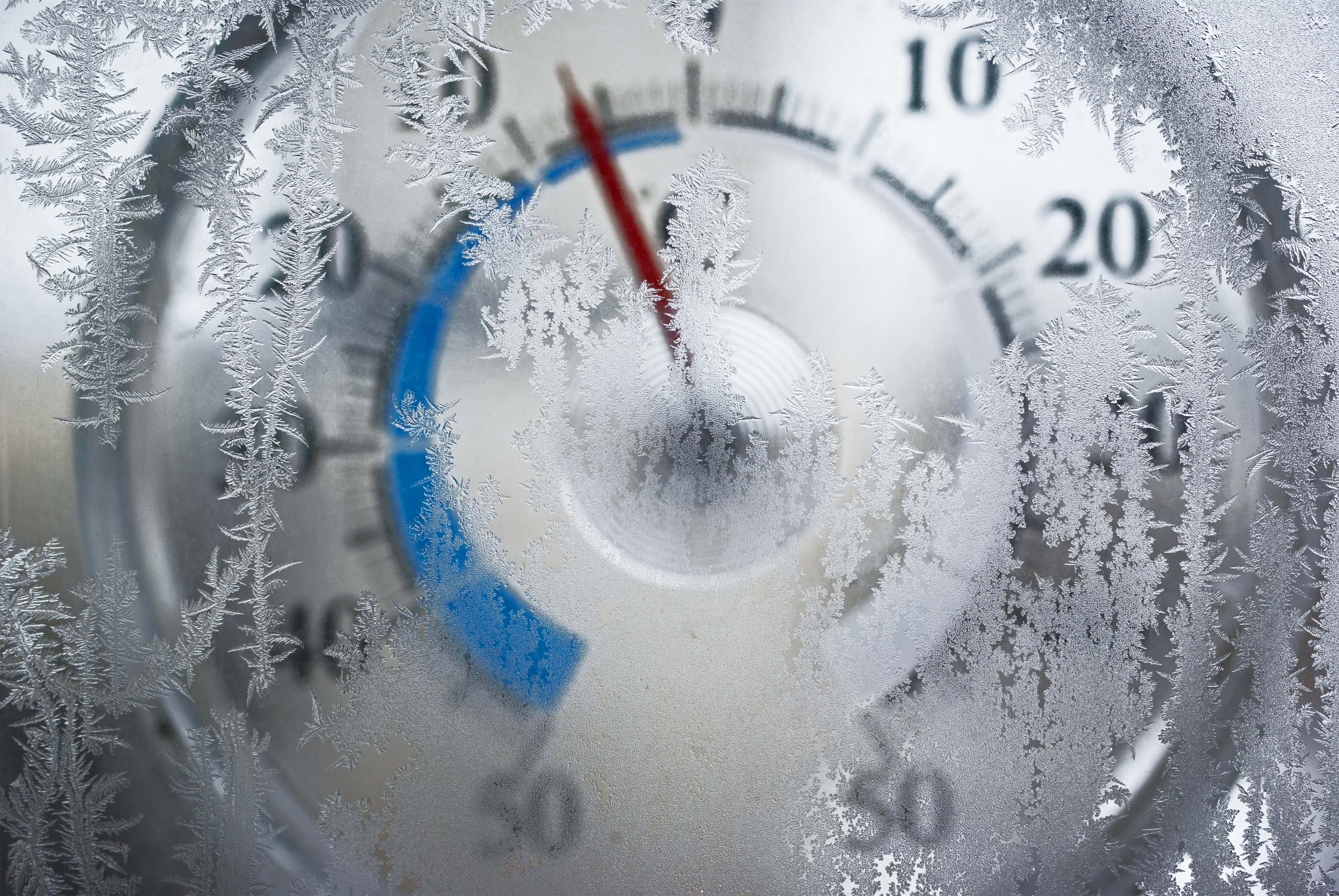Winter weather is finally upon us. Freezing temperatures combined with snow, sleet and ice can create treacherous, slippery sidewalk conditions with increased risk for slips, trips, and falls outside and inside your business. Businesses tend to be most susceptible to winter weather slip-and-fall claims, which can strain an organization’s financial resources.
Businesses should always take reasonable steps to make sure their property is safe and free from any dangerous conditions that could cause a slip, trip or fall. However, sometimes accidents are unavoidable. Taking safety measures to prevent slip-and-fall exposures should be practiced within any business. The following strategies can help businesses reduce potential slips, trips, and falls accidents. Adopting such strategies may also help businesses in the defense of such claims.
Winter Slips, Trips and Falls Prevention Tips
Prepare for weather. Look out for emergency weather reports and alerts and have facilities plan for inclement conditions.
Snow Removal Protocols. Implement formal protocols for shoveling and salting areas outside the building. Protocols should be consistently enforced. Be sure to maintain proper work logs indicating the dates and times of such efforts. This also goes for any vendors who are responsible for snow removal.
Weather Proof Inside. Keep the inside of the building dry and place signs where there may be wet or slippery floors. This should also be consistently completed and enforced. Be sure to maintain proper work logs indicating the dates and times of such housekeeping efforts. This also goes for any of your vendors who are responsible for cleaning/housekeeping.
While businesses can take all the right safety precautions to prevent slips-and-falls, they are not immune to such claims. When a claim is received, there are instances when those claims are exaggerated. A major issue for many companies is determining whether a slip-and-fall accident warrants a settlement or if the business should defend itself against a lawsuit. Many companies will end up paying the claim because they didn’t conduct an internal investigation. To avoid this kind of risk, businesses need to implement response protocols.
Accident Response Protocols
The first step is designating a claims team to handle any slip-and-fall issues. The team should include a risk manager, broker claims consultant, carrier claim representative and defense counsel .
The next step is implementing company-wide protocols giving employees the right tools to help them investigate and document such claims. Without information, the claims team cannot make a decision as to whether or not the claim should be settled.
Accident protocols should be customized to an organization’s operations and include step-by-step instructions, including:
- How to respond to a slip-and-fall incident
- The designated team member to notify about the incident
- How to document the incident (i.e. incident report)
- When to conduct an investigation
Reducing risk
An organization can also decrease its risk to slip-and-fall exposure by way of contract. For example, a business can transfer the risk of icy walkways to its snow removal company so that in the event of a loss, that company will be financially responsible for the slip-and-fall claim.
Vendor Management. Ensure that all contracts with vendors for inclement weather-related services are current and provide the business with the opportunity to effectively transfer risk.
Conclusion
Slip-and-fall claims can have a negative impact on any business. If not properly addressed with the right safety precautions and accident protocols, a business can be impacted and now is the time to take control.
Philadelphia, PA, 19102







